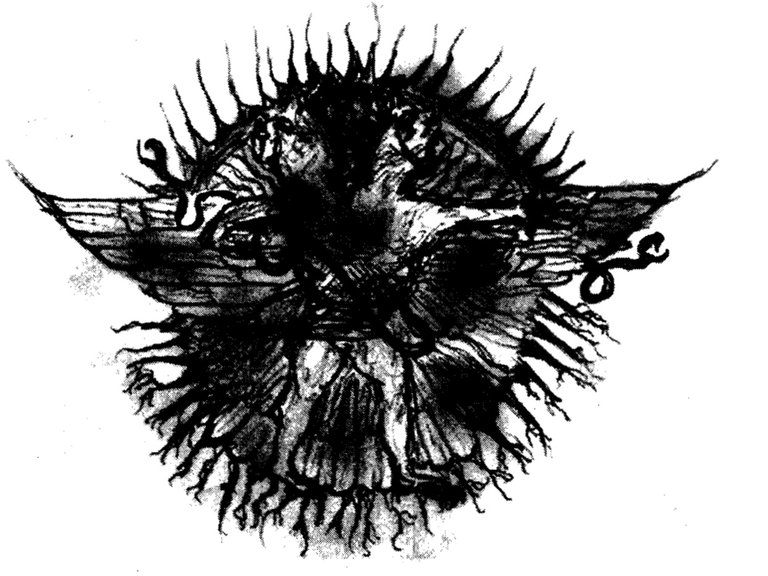Venus = Ishtar = Mul.Mul
The seven demons (Sebēttu)
The latter is a group of demons known as the Seven, Sebēttu in Akkadian or, according to an old but still diffused reading, Sibitti.
They have been generated by the union of the sky god An and the earth (Uraš) , being assigned to the Netherworld gods Erra and Nergal as assistants, as well as accompanying them in war; in this role, however, they may appear at the side of other gods (Marduk’s fight against Tiamat in the Poem of creation) and even human heroes (Gilgameš expedition to the Kur in Gilgameš and Huwawa). In the Poem of Erra, also known as Erra and Išum, they are the ones who, restless and bored by their pacific way of life, spur the god Erra to go back to the battlefield. Išum, minister of the Netherworld god Erra, is the guardi- an of the Seven; he is said to be a «door bolted before them»
The Seven Star cluster called by the Greeks as Pleiades is one of the most adversarial (note balanced) of the symbols representing the gods. The Seven Stars together can mean a negative or positive effect on events depending on the astrologers. MUL.MUL is represented by the Seven Evil Gods called Maskim are referred to as "seven malevolent phantoms of the flames". The Seven are not bound to these stars, yet utilize them when they are visable.
As the Seven Stars have always been associated with the Moon, such as on a "standard" year the Seven Stars and the Moon are conjoined on the first day. This no doubt presents a possible origin of the myth of the Seven Evil Gods encircling and attacking Sin. The Seven Stars are known as those who herald the power of Mars being Nergal-Erra, lusting for war and destruction when it suits them.

The symbol of the Maskim is the seven pointed star, which holds association to the shadow aspect of the Seven planets and to the Pleiades or MUL.MUL, the Seven Stars. We see the connection of the Seven Planets in Yatukih-Daevayasna86 or Zoroastrianism later on.